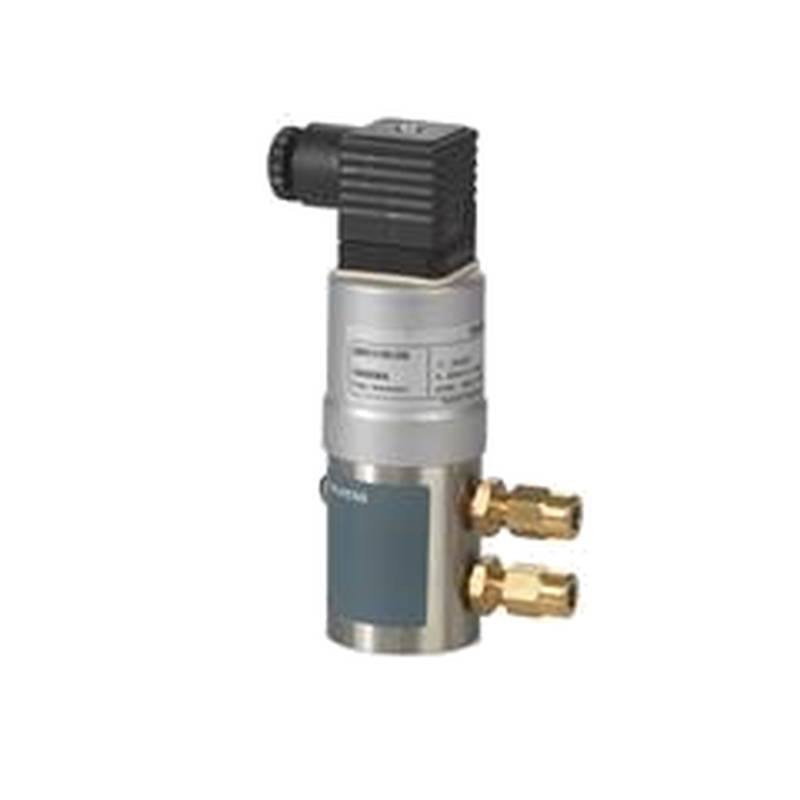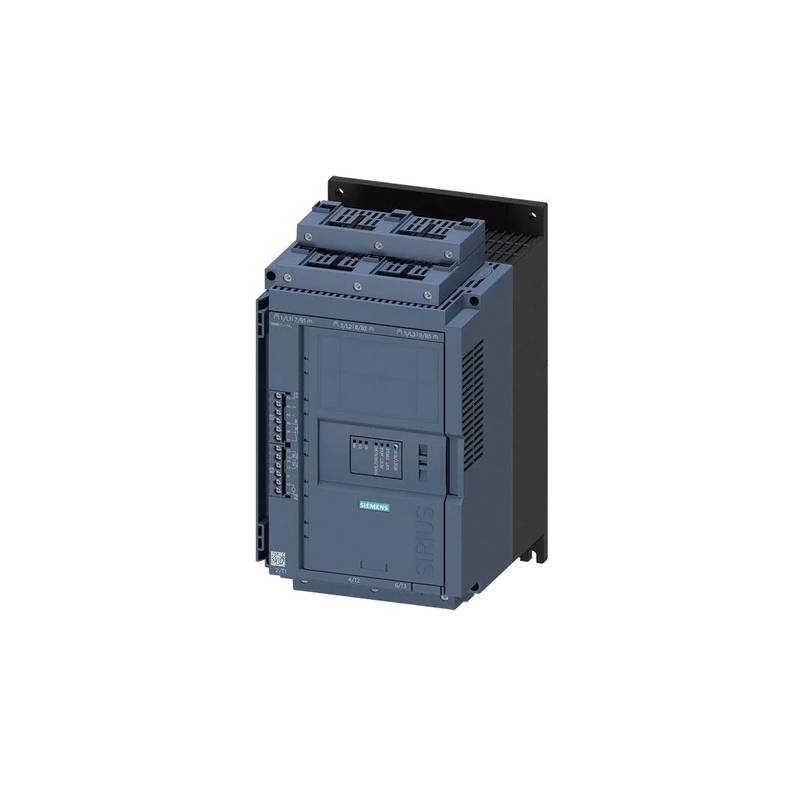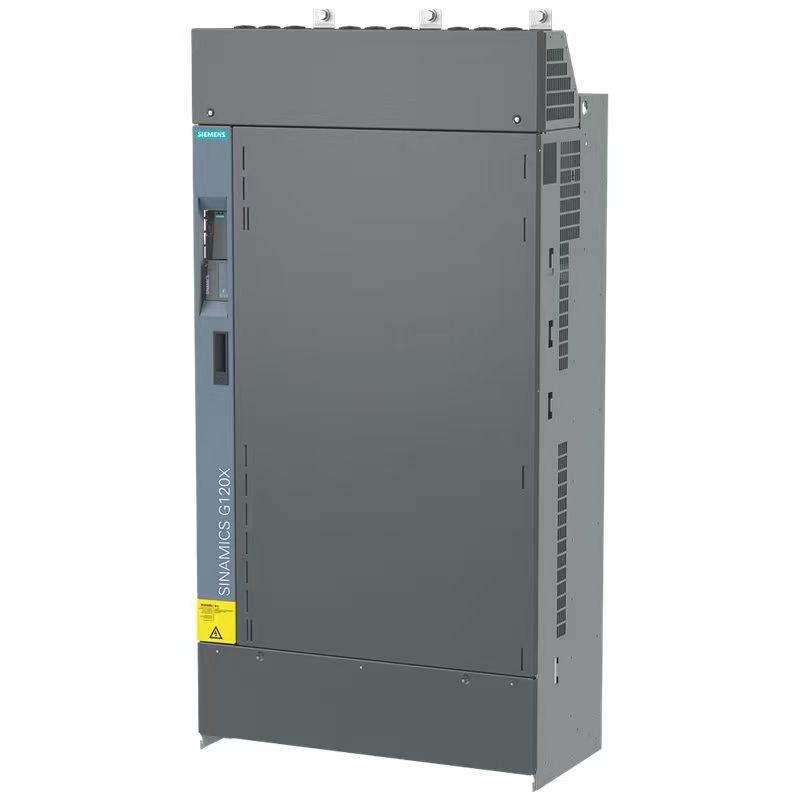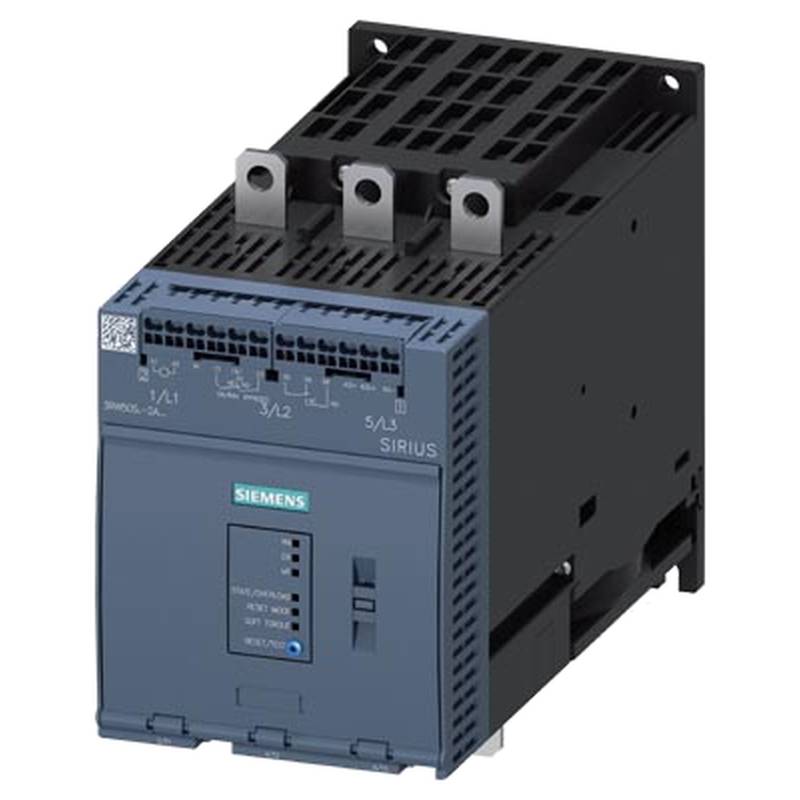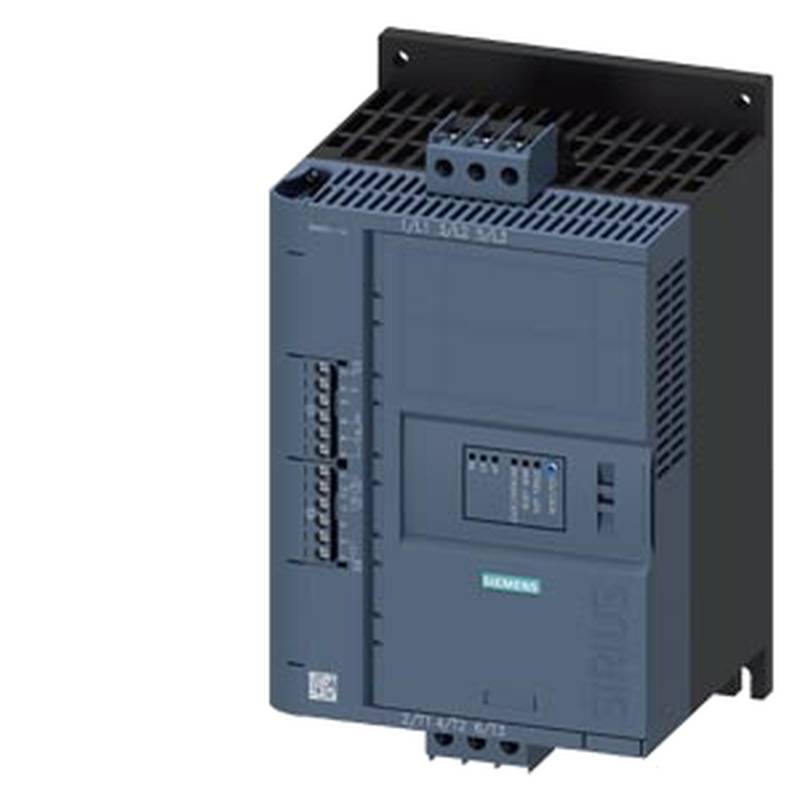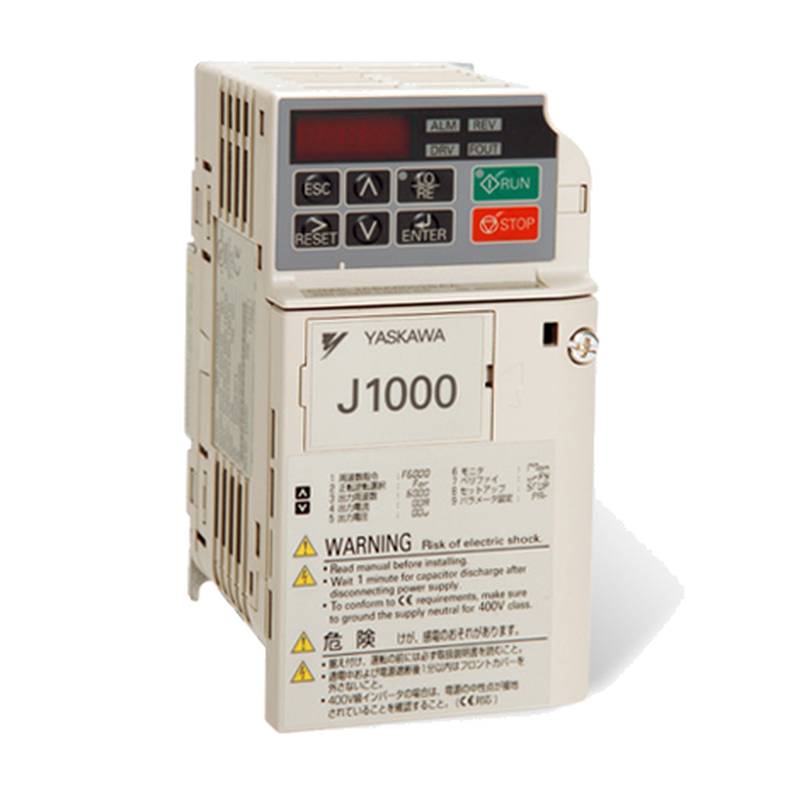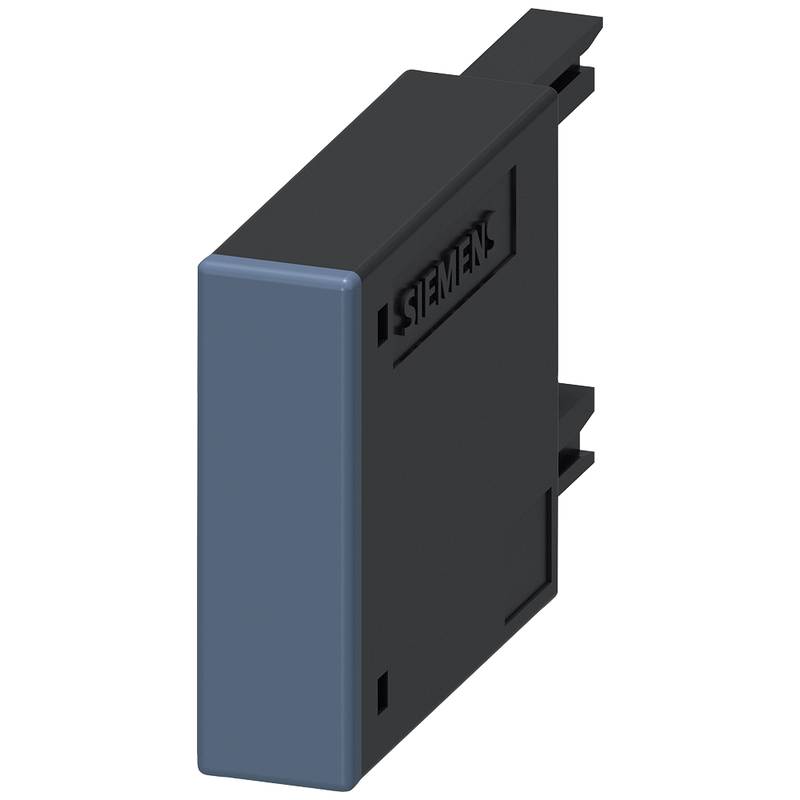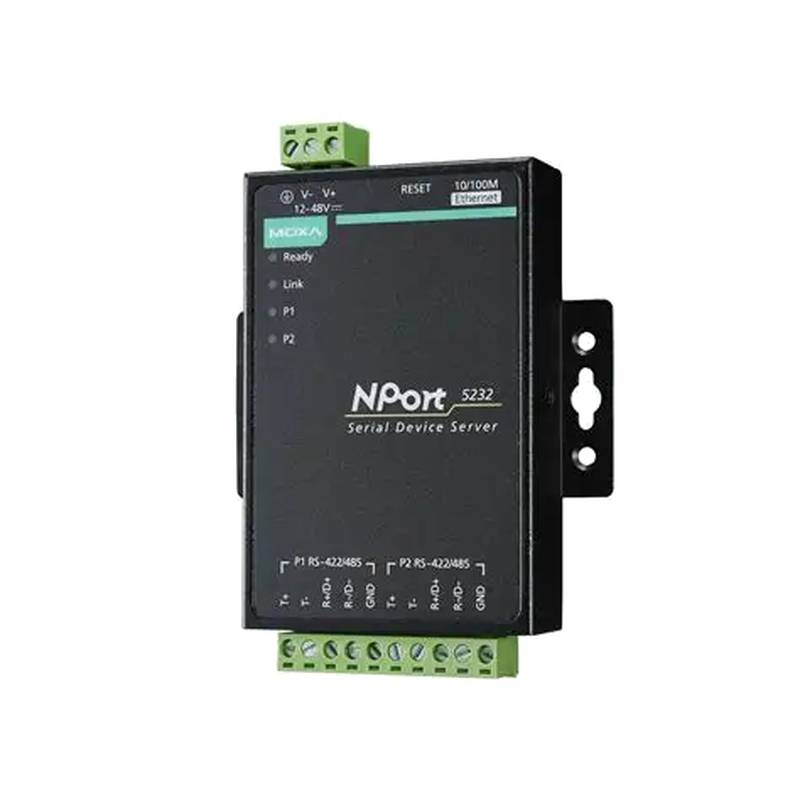
The Siemens SITRANS P S55720-S296 industrial pressure sensor stands as a robust and accurate solution for demanding process control applications. Engineered for reliability, this transmitter offers exceptional performance across a wide range of pressures and temperatures, making it a cornerstone in sectors requiring precise measurement and monitoring. Its advanced digital technology ensures superior accuracy, stability, and diagnostics, translating into reduced operational costs and enhanced safety. Key technical parameters include a pressure range typically from 0 to 600 bar (0 to 8700 psi) and an accuracy of up to 0.04% of the span, with extensive temperature compensation for operational integrity. The sensor’s robust stainless steel housing and diaphragm are designed to withstand harsh industrial environments, offering resistance to corrosion and mechanical stress.
Product Specifications
| Parameter | Specification |
| :--------------------- | :----------------------------------------------------- |
| Product Series | SITRANS P |
| Model Number | S55720-S296 |
| Type | Industrial Pressure Transmitter |
| Measuring Principle| Piezo-resistive, ceramic or silicon sensor element |
| Pressure Range | Typically 0 - 600 bar (0 - 8700 psi) |
| Accuracy | Up to 0.04% of span |
| Output Signal | 4-20 mA HART |
| Wetted Parts | Stainless Steel (1.4571/316L), Hastelloy C, Tantalum |
| Process Connection | G 1/2" Female, Flange, etc. |
| Ingress Protection | IP67/IP68 |
| Temperature Range | -40 °C to +85 °C (-40 °F to +185 °F) |
| Certifications | ATEX, SIL, FM, CSA, etc. (application dependent) |
Core Features & Market Positioning
The Siemens SITRANS P S55720-S296 distinguishes itself through its high precision and exceptional long-term stability, crucial for maintaining process integrity and preventing costly downtime. Its advanced digital electronics facilitate sophisticated diagnostics, enabling predictive maintenance and rapid fault identification. The transmitter's robust construction, often featuring stainless steel or more exotic materials like Hastelloy for wetted parts, ensures superior resistance to corrosive media and extreme environmental conditions, positioning it as a premium choice for critical measurement points where failure is not an option. The HART communication protocol offers flexible configuration and monitoring capabilities, integrating seamlessly into modern Distributed Control Systems (DCS) and SCADA networks, enhancing operational efficiency and data accessibility.
Key Application Scenarios
This industrial pressure sensor finds extensive application across various demanding sectors. In the chemical and petrochemical industries, it reliably measures pressure in reactors, pipelines, and storage tanks, even with aggressive media, thanks to its corrosion-resistant materials. The oil and gas sector utilizes the SITRANS P S55720-S296 for upstream and downstream processes, including wellhead pressure monitoring and pipeline leak detection, benefiting from its high accuracy and resilience in harsh offshore and onshore environments. Furthermore, its suitability for high-pressure applications makes it ideal for water treatment, power generation (e.g., boiler pressure monitoring), and heavy machinery, where precise and stable pressure readings are paramount for safe and efficient operation.
Practical System Integration Guidance
Integrating the Siemens SITRANS P S55720-S296 into existing systems is streamlined due to its standardized output signals and communication protocols. For a typical 4-20 mA HART connection, the sensor requires a stable DC power supply, usually between 9.5 V and 45 V, with current flowing through a loop resistor for signal reading by the controller or HMI. Wiring should adhere to local electrical codes and safety standards, particularly in hazardous areas where intrinsically safe or explosion-proof installations are mandated. Commissioning involves configuring measurement range, units, and HART parameters using a HART communicator or compatible software, such as Siemens' SIMATIC PDM. Proper mounting, considering process connection orientation and vibration isolation, is essential for optimal performance and longevity.
Operation and Risk Mitigation
Operating the Siemens SITRANS P S55720-S296 involves ensuring that the selected pressure range and material compatibility are strictly adhered to, preventing overpressure events or media-induced corrosion. Regular diagnostic checks via HART communication can identify potential issues early, such as sensor drift or communication errors, allowing for proactive maintenance. For common troubleshooting, checking power supply, wiring integrity, and ensuring the process connection is free from blockages are primary steps. In critical applications, redundant installations or the use of safety-rated versions (SIL) are recommended to mitigate risks associated with sensor failure. Understanding specific fault codes provided by the HART protocol is crucial for rapid diagnosis and resolution, minimizing operational disruption.
Scalability & Long-Term Value
The Siemens SITRANS P S55720-S296 offers significant long-term value through its robust design and Siemens' commitment to industrial automation standards. Its compatibility with the HART protocol allows for easy integration into existing DCS and SCADA systems, and it can be readily upgraded or replaced without requiring extensive system modifications. The sensor's advanced diagnostics capabilities align with the principles of Industry 4.0 and the Industrial Internet of Things (IIoT), providing valuable data for predictive maintenance strategies and process optimization. This foresight in design ensures that the SITRANS P S55720-S296 remains a relevant and cost-effective solution for pressure measurement, supporting plant efficiency and competitiveness well into the future.
Frequently Asked Questions
1. What is the typical accuracy of the Siemens S55720-S296 SITRANS P pressure sensor?
The Siemens SITRANS P S55720-S296 is engineered for high precision, typically achieving an accuracy of up to 0.04% of the calibrated span. This superior accuracy ensures reliable process control and minimizes deviations from setpoints. The sensor's advanced design compensates for various environmental factors to maintain this level of performance.
This level of precision is crucial for applications where even slight measurement errors could lead to significant process inefficiencies or safety concerns. The inherent stability of the sensor further contributes to its dependable accuracy over extended operational periods.
The specific accuracy can vary slightly based on the chosen range and configuration, but it consistently ranks among the highest in its class for industrial pressure transmitters.
2. What pressure ranges can the S55720-S296 SITRANS P transmitter measure?
The Siemens SITRANS P S55720-S296 is designed for a wide spectrum of pressure measurements, commonly covering ranges from 0 to 600 bar (0 to 8700 psi). This extensive range makes it suitable for both low and very high-pressure applications. Different variants may offer specific sub-ranges tailored to particular industrial needs.
The versatility in pressure coverage allows this single model to be deployed across numerous points in a complex industrial facility, simplifying inventory and maintenance requirements. Its robust construction ensures these high pressures are measured reliably.
Users can select specific pressure spans during ordering or configuration to optimize the sensor's performance for their unique process conditions, ensuring the best possible resolution and accuracy.
3. What materials are used for the wetted parts in the S55720-S296 SITRANS P, and why is this important?
The wetted parts of the Siemens SITRANS P S55720-S296 are typically constructed from highly corrosion-resistant materials such as stainless steel (1.4571/316L), Hastelloy C, or Tantalum. This material selection is critical for ensuring the sensor's longevity and accuracy when exposed to aggressive or corrosive process media. Choosing the correct wetted material prevents premature failure and contamination of the process stream.
Different media require different levels of resistance; for instance, aggressive chemicals might necessitate Hastelloy or Tantalum, while general-purpose industrial use might suffice with stainless steel. This compatibility ensures the sensor can operate reliably in diverse chemical environments without degradation.
The selection of appropriate wetted parts directly impacts the total cost of ownership by minimizing maintenance, replacement cycles, and potential process upsets caused by equipment failure.
4. How does the HART communication protocol benefit users of the S55720-S296 SITRANS P?
The HART (Highway Addressable Remote Transducer) protocol integrated into the Siemens SITRANS P S55720-S296 offers advanced digital communication alongside the standard 4-20 mA analog signal. This allows for remote configuration, diagnostics, and data retrieval without disrupting the primary process signal. Users can easily adjust parameters like range, damping, and units, or access detailed device status and diagnostic information.
This capability significantly enhances operational efficiency by enabling predictive maintenance and faster troubleshooting. Plant operators can monitor sensor health, identify potential issues before they cause downtime, and perform adjustments remotely, reducing the need for manual intervention in potentially hazardous areas.
The HART protocol facilitates seamless integration into modern control systems (DCS/PLC) and asset management platforms, providing a richer data stream for process optimization and asset lifecycle management.
5. What are the typical application areas for the Siemens S55720-S296 SITRANS P?
The Siemens SITRANS P S55720-S296 is widely deployed in industries requiring precise and reliable pressure measurement under demanding conditions. Common application areas include chemical processing, oil and gas exploration and refining, water and wastewater treatment, and power generation. Its robustness and material options make it suitable for measuring pressure in pipelines, vessels, and reactors, even with corrosive or high-temperature fluids.
Specific use cases span from monitoring wellhead pressures in the oilfield to measuring boiler pressures in power plants and controlling chemical dosing in treatment facilities. The sensor's ability to withstand harsh environments and aggressive media makes it a versatile choice for critical infrastructure.
Its high accuracy and stability are also valued in precision manufacturing processes, food and beverage production, and pharmaceutical applications where consistent product quality depends on exact process parameters.
6. Can the S55720-S296 SITRANS P be used in hazardous environments?
Yes, the Siemens SITRANS P S55720-S296 is often available with certifications for use in hazardous environments, such as ATEX, FM, and CSA approvals. These certifications ensure the transmitter meets stringent safety requirements for explosive atmospheres, whether due to flammable gases, vapors, or dust. Specific certifications depend on the model variant and intended geographical market.
For hazardous area installations, the sensor must be correctly installed according to its certification and local electrical codes. This typically involves using appropriate explosion-proof enclosures, cable glands, and ensuring proper grounding. The safety features are designed to prevent ignition sources within the hazardous zone.
Compliance with these safety standards is paramount for preventing accidents and ensuring regulatory adherence in industries like petrochemicals, mining, and certain manufacturing sectors where flammable substances are present.
7. What is the typical power supply requirement for this pressure sensor?
The Siemens SITRANS P S55720-S296, utilizing the 4-20 mA HART output, requires a stable DC power supply. The operational voltage range is typically between 9.5 VDC and 45 VDC. This allows for flexibility in power source selection within most industrial control systems.
It is crucial to ensure the power supply meets the minimum voltage requirement to guarantee proper sensor operation and reliable HART communication. The maximum voltage is limited to protect the sensor's internal electronics.
A loop resistor is necessary in the circuit to convert the current signal into a voltage signal for measurement by the control system or indicator, and this resistor's value, along with the supply voltage, determines the signal resolution.
8. How is the Siemens S55720-S296 SITRANS P installed and commissioned?
Installation involves physically connecting the sensor to the process piping using the appropriate threaded or flanged process connection, ensuring a leak-tight seal. Proper orientation and consideration for vibration isolation are important for optimal performance. Commissioning typically requires connecting a HART communicator or compatible software to the loop to configure parameters such as the measurement range, engineering units, and HART address.
The process of configuration involves setting the lower and upper range values (LRV and URV) that the sensor will measure. This calibration ensures the 4-20 mA signal accurately represents the applied pressure within the desired span. Diagnostic features can also be enabled or adjusted during this phase.
Siemens' SIMATIC PDM software or other HART-compliant configuration tools are commonly used for this task. Following installation and configuration, a functional test should be performed to verify correct operation and signal output.
9. What does the IP rating (e.g., IP67/IP68) signify for this sensor?
An IP rating, such as IP67 or IP68, indicates the degree of protection provided by the sensor's enclosure against ingress of solid foreign objects (like dust) and liquids (water). IP67 signifies protection against dust and temporary immersion in water up to 1 meter for 30 minutes, while IP68 indicates protection against continuous immersion under conditions specified by the manufacturer, usually deeper than 1 meter.
This robust ingress protection is vital for industrial environments where sensors are exposed to harsh conditions, including washdowns, high humidity, dust, and potential submersion. It ensures the sensor's electrical components remain protected, preventing short circuits and operational failures.
The high IP rating of the SITRANS P S55720-S296 enhances its reliability and durability, reducing maintenance requirements and extending its service life in challenging plant settings.
10. How does this sensor contribute to Industry 4.0 and IIoT initiatives?
The Siemens SITRANS P S55720-S296 integrates seamlessly into Industry 4.0 and IIoT strategies primarily through its advanced digital capabilities, including HART communication and sophisticated onboard diagnostics. This allows for real-time data transmission, remote monitoring, and predictive maintenance, which are foundational elements of smart manufacturing and connected industrial systems. The sensor provides granular data beyond just pressure readings, offering insights into its own operational status.
By enabling continuous data flow and remote access, the sensor supports the development of digital twins, optimized process control loops, and automated asset management systems. Its diagnostic features can flag anomalies, predict potential failures, and trigger automated maintenance work orders, aligning with the goals of increased efficiency, reduced downtime, and enhanced operational intelligence.
The integration capabilities ensure that the SITRANS P S55720-S296 can be a key component in a broader network of smart devices, contributing to a more agile, responsive, and data-driven industrial environment.














